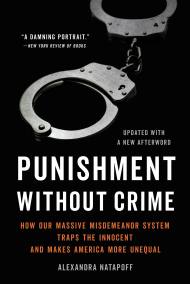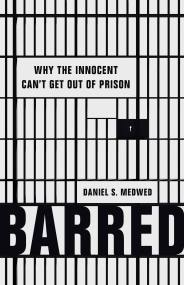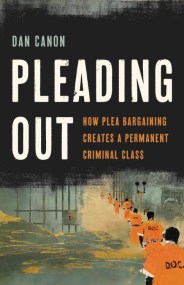Promotion
25% off sitewide. Make sure to order by 11:59am, 12/12 for holiday delivery! Code BEST25 automatically applied at checkout!
By clicking “Accept,” you agree to the use of cookies and similar technologies on your device as set forth in our Cookie Policy and our Privacy Policy. Please note that certain cookies are essential for this website to function properly and do not require user consent to be deployed.
Faces at the Bottom of the Well
The Permanence of Racism
Contributors
By Derrick Bell
Foreword by Michelle Alexander
Formats and Prices
- On Sale
- Oct 30, 2018
- Page Count
- 304 pages
- Publisher
- Basic Books
- ISBN-13
- 9781541645530
Price
$19.99Price
$25.99 CADFormat
Format:
- Trade Paperback $19.99 $25.99 CAD
- ebook $12.99 $16.99 CAD
- Audiobook Download (Unabridged)
This item is a preorder. Your payment method will be charged immediately, and the product is expected to ship on or around October 30, 2018. This date is subject to change due to shipping delays beyond our control.
Buy from Other Retailers:
“Eerily prophetic, almost haunting, and yet at the same time oddly reassuring.” —Michelle Alexander, author of The New Jim Crow
In Faces at the Bottom of the Well, civil rights activist and legal scholar Derrick Bell uses allegory and historical example—including the classic story “The Space Traders”—to argue that racism is an integral and permanent part of American society. African American struggles for equality are doomed to fail, he writes, so long as the majority of whites do not see their own well-being threatened by the status quo. Bell calls on African Americans to face up to this unhappy truth and abandon a misplaced faith in inevitable progress. Only then will blacks, and those whites who join with them, be in a position to create viable strategies to alleviate the burdens of racism.
This classic book was a pioneering contribution to critical race theory scholarship, and it remains urgent and essential reading on the problem of racism in America.
Genre:
-
"Eerily prophetic, almost haunting, and yet at the same time oddly reassuring."Michelle Alexander, from the Foreword
-
“Bell’s perspective retains its relevance. Even after his death, it has been far easier to disagree with him than to prove him wrong.”Jelani Cobb, The New Yorker
-
"Derrick Bell, who is often described as the founder or godfather of critical race theory…. has been an important influence on some of today’s most influential writers on race, such as Ta-Nehisi Coates and Michelle Alexander…. For his supporters and critics alike, Derrick Bell remains a central figure. Nearly three decades after the publication of his most widely read book [Faces at the Bottom of the Well], his stark vision of the racial divide in American society and history has retained its power to provoke debate and activism across the political spectrum."Wall Street Journal
-
"Effective...chilling."New York Times Book Review
-
"A disturbing but ultimately inspiring book."San Francisco Chronicle
Newsletter Signup
By clicking ‘Sign Up,’ I acknowledge that I have read and agree to Hachette Book Group’s Privacy Policy and Terms of Use






